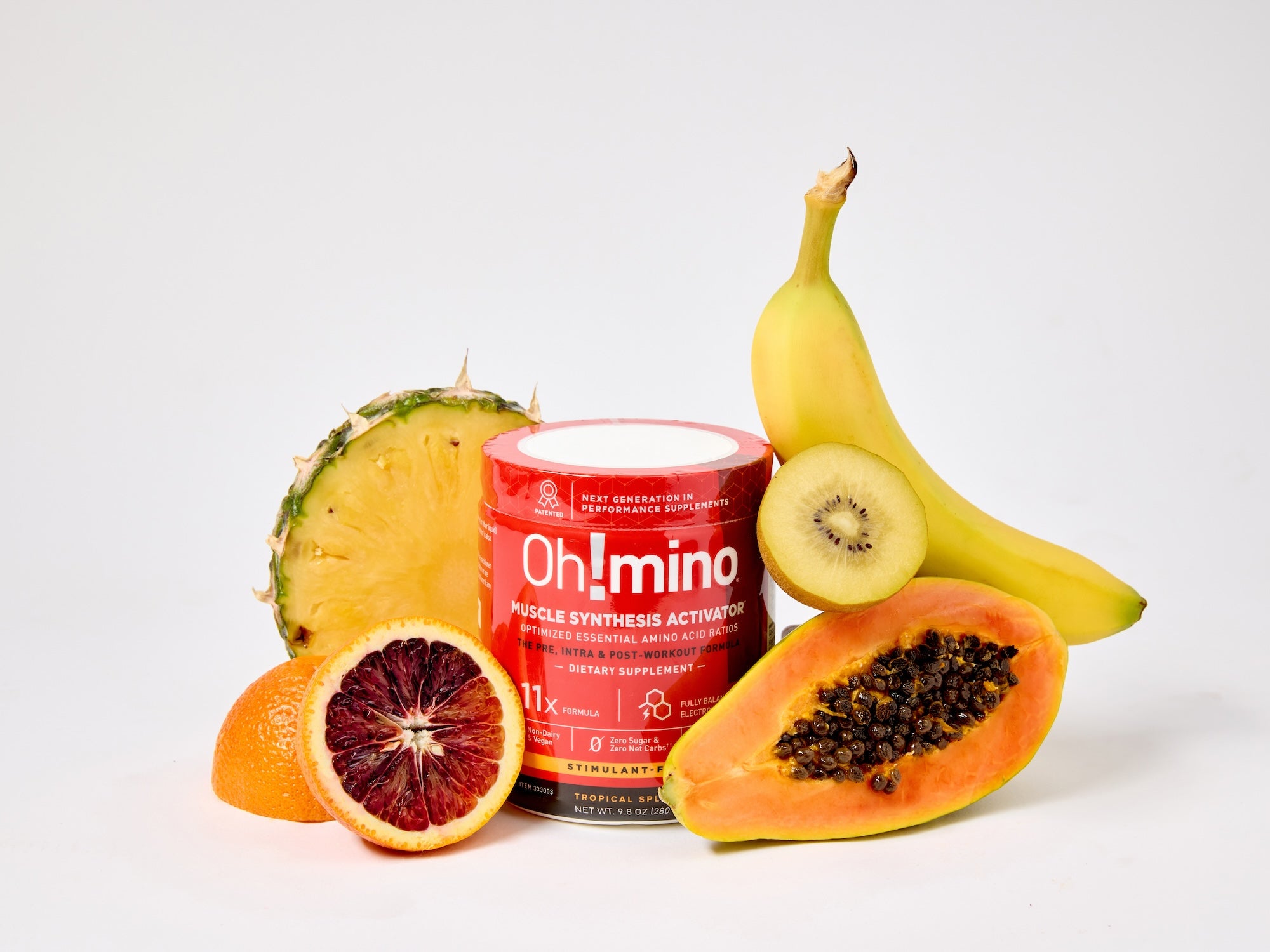Origins & Philosophies
Yoga: Ancient Indian roots focused on uniting mind, body, and spirit.
- A holistic approach combining physical postures, breathing exercises, meditation, and ethical practices.
- Promotes inner peace, balance, and self-realization.
Pilates: Modern-day invention by Joseph Pilates as a rehabilitation method.
- Concentrates on physical conditioning, stressing core strength, flexibility, balance, and posture.
- Initially designed for wounded soldiers' recovery during World War I.
Core Principles & Techniques
- Yoga Techniques:
- Encompasses static postures or 'asanas' ranging from simple flexibility exercises to complex balances.
- Breathing (pranayama) is essential, guiding movement and enhancing mindfulness.
- Pilates Techniques:
- Involves controlled movements, often with apparatus like the reformer, Cadillac, and chair, along with mat exercises.
- Breathing in Pilates focuses on lateral expansion of the ribcage, supporting the movements.
- Aims to build strength from the core, for a balanced body without adding bulk.
Benefits
- Benefits of Yoga:
- Increases flexibility and respiratory efficiency.
- Reduces stress, helps with anxiety and depression.
- Brings a deeper sense of well-being and inner calm.
- Benefits of Pilates:
- Improves posture and reduces back pain.
- Builds overall strength, excellent for athletes and those in physical rehabilitation.
- Focuses on core conditioning, aiding in injury recovery and prevention.
Which Is Best For You?
Assessing Your Goals:
- Physical Rehabilitation or Core Strength:
- Choose Pilates if your primary concern is rehabilitation or enhancing core muscle strength.
- Flexibility and Mindfulness:
- Opt for Yoga if you are seeking not just physical flexibility but also a meditative practice that encompasses a holistic lifestyle.
- Embracing Both:
- It's beneficial to incorporate both Pilates and Yoga into your routine for diversified health benefits.
Classes & Learning
Getting Started:
- Yoga Classes:
- Beginner courses termed 'Yoga 101' provide a solid foundation.
- Workshops on meditation, chanting, and yoga philosophy for those interested in the spiritual aspect.
- Pilates Classes:
- Private sessions may be required to learn equipment usage before entering group equipment classes.
- Mat classes are more accessible, found in gyms and community centers.
In Conclusion
Both Pilates and yoga serve as paths to enhance your well-being from different angles.
They share a common thread of mindfulness and breath-controlled exercises, while their distinct philosophies and techniques provide unique benefits.
Your choice between Pilates and yoga should be tailored to your personal health goals, bearing in mind that practicing both can be a perfect blend for a holistic health regimen.
Whether you’re bending into a yoga pose or engaging your core in Pilates, the most important thing is to move with intention and breathe with awareness.
Stay fit my friend,
Michael
Founder & CEO



